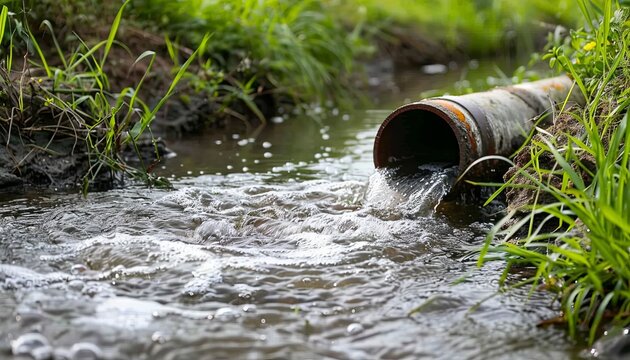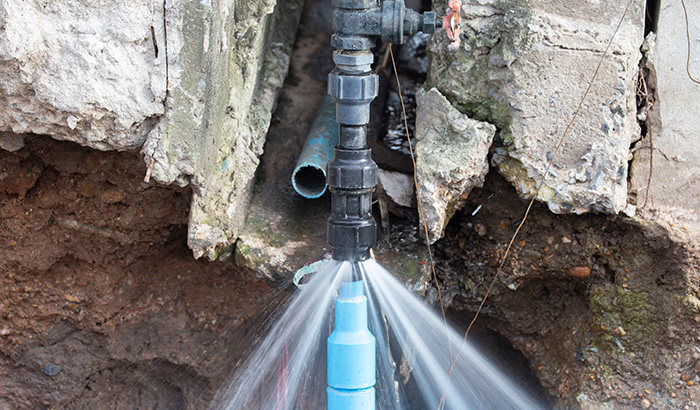Burst Pipe Insurance Claims: What You Need to Know for Water Damage Coverage
Burst Pipe Insurance Claims: What You Need to Know for Water Damage Coverage
Blog Article
Stopping Ruptured Pipes: Essential Tips to Shield Your Pipes
Preventing burst pipes is a crucial worry for property owners, particularly throughout cooler months when the danger of freezing is increased. Executing tactical procedures such as proper insulation, regular assessments, and preserving consistent indoor temperatures can dramatically lower the probability of pipeline failing.
Understand Pipe Vulnerabilities
Recognizing pipe susceptabilities is essential for effective plumbing maintenance and protecting against pricey damages. A number of aspects add to the susceptibility of pipelines to bursts, consisting of product structure, age, and environmental conditions. Older pipes, specifically those made from galvanized steel or polybutylene, commonly weaken with time, resulting in increased threat of tears and leaks.
Temperature variations can additionally substantially effect pipeline honesty. In chillier climates, water caught in pipelines can ice up, exerting and expanding stress on the pipe walls, which might inevitably cause a burst. High water pressure can strain pipes, especially at joints and bends, increasing the probability of failure.

Insulate Pipeline Correctly
Appropriate insulation of pipes is vital for avoiding freezing and succeeding bursts during cold weather (burst pipe). Insulating your pipes system efficiently safeguards against temperature drops that can result in expensive damage. Begin by identifying susceptible areas where pipes are subjected to exterior temperature levels, such as basements, attics, and exterior walls
Usage foam pipe insulation sleeves or cover insulation tape around these areas to offer a protective barrier. Guarantee that all sections of the pipes, particularly those with minimal warmth exposure, get ample insulation. Pay unique attention to joints and fittings, as these are a lot more at risk to cold.
When shielding, it's necessary to select products that fulfill neighborhood building ordinance and are ideal for the specific atmosphere. Fiberglass insulation is frequently suggested for its thermal resistance buildings. Additionally, take into consideration making use of warmth cable televisions or tape in extreme conditions, which can be plugged in to give supplementary warm
Routinely evaluate shielded pipes for any indications of wear or damage, as compromised insulation can diminish its performance. By taking these proactive procedures, you considerably decrease the risk of pipe ruptureds, guaranteeing a reliable pipes system throughout the cold weather.
Maintain Regular Temperature
A secure interior temperature is important for protecting against burst pipes throughout the cold months. When temperature levels drop, water within pipelines can ice up, increasing and developing stress that might eventually create the pipes to burst.Utilizing a programmable thermostat can help take care of indoor temperatures properly, ensuring that areas with pipes continue to be cozy also when the home is empty.
This minor circulation of water can prevent cold by easing pressure within the pipes. By applying these strategies, homeowners can dramatically reduce the danger of pipe bursts and guard their pipes systems versus the extreme winter aspects.
Regularly Examine Plumbing
Routine assessments of plumbing systems are crucial for avoiding burst pipelines and preserving overall home stability. During these inspections, it is essential to check out noticeable pipelines for indications of corrosion, leakages, or put on.
Furthermore, checking joints and connections is vital, as these factors are typically at risk to leaks. Home owners must likewise analyze water pressure levels, as excessive pressure can strain the pipes system and boost the risk of pipeline bursts.
Consider scheduling professional pipes evaluations at least as soon as a year, specifically prior to winter, to guarantee your system is prepared for colder temperature levels. By being positive in your technique, you can safeguard your home against the pricey and turbulent repercussions of burst pipes.
Know Emergency Treatments
Recognizing emergency situation treatments is important for every single homeowner, especially after performing regular pipes examinations. Being planned for a plumbing emergency can substantially minimize damages and conserve costs. First, situate your main water shut-off valve; it is generally located near the water meter or where the major more helpful hints line enters your home. Acquaint on your own with its procedure, as shutting down the water system promptly can avoid extensive flooding.
Following, maintain essential devices helpful. A plumbing emergency situation kit should consist of a wrench, plunger, and towels, along with a flashlight and a bucket for little leakages. In addition, think about having the get in touch with info for a relied on plumbing professional easily available, ought to the circumstance rise beyond your control.
If you spot a leakage or ruptured pipeline, instantly turn off the water and inform your plumbing professional. Document the damages with pictures for insurance coverage functions. Understand the indicators of potential pipes concerns, such as uncommon water stress changes or damp areas on walls
Eventually, positive expertise and quick activity are critical in taking care of plumbing emergency situations, ensuring your home stays safeguarded and decreasing potential damage.

Final Thought
Finally, protecting against burst pipes demands a multifaceted approach that consists of understanding pipe vulnerabilities, appropriate insulation, preserving consistent interior temperature levels, routine examinations, and understanding of emergency situation treatments. By carrying out these necessary approaches, the threat of plumbing failings can be significantly decreased, thereby making certain the durability and efficiency of the pipes system. Positive steps not just secure versus potential damage but also add to overall water conservation and the security of home.
In colder climates, water caught in pipelines can ice up, expanding and applying pressure on the pipeline wall surfaces, which might inevitably find more lead to a burst. When temperatures decline, water within pipelines can ice up, increasing and creating stress that may eventually cause the pipes to ruptured. By implementing these methods, homeowners can dramatically reduce the danger of pipeline ruptureds and safeguard their pipes systems you can find out more versus the severe winter season elements.

Report this page